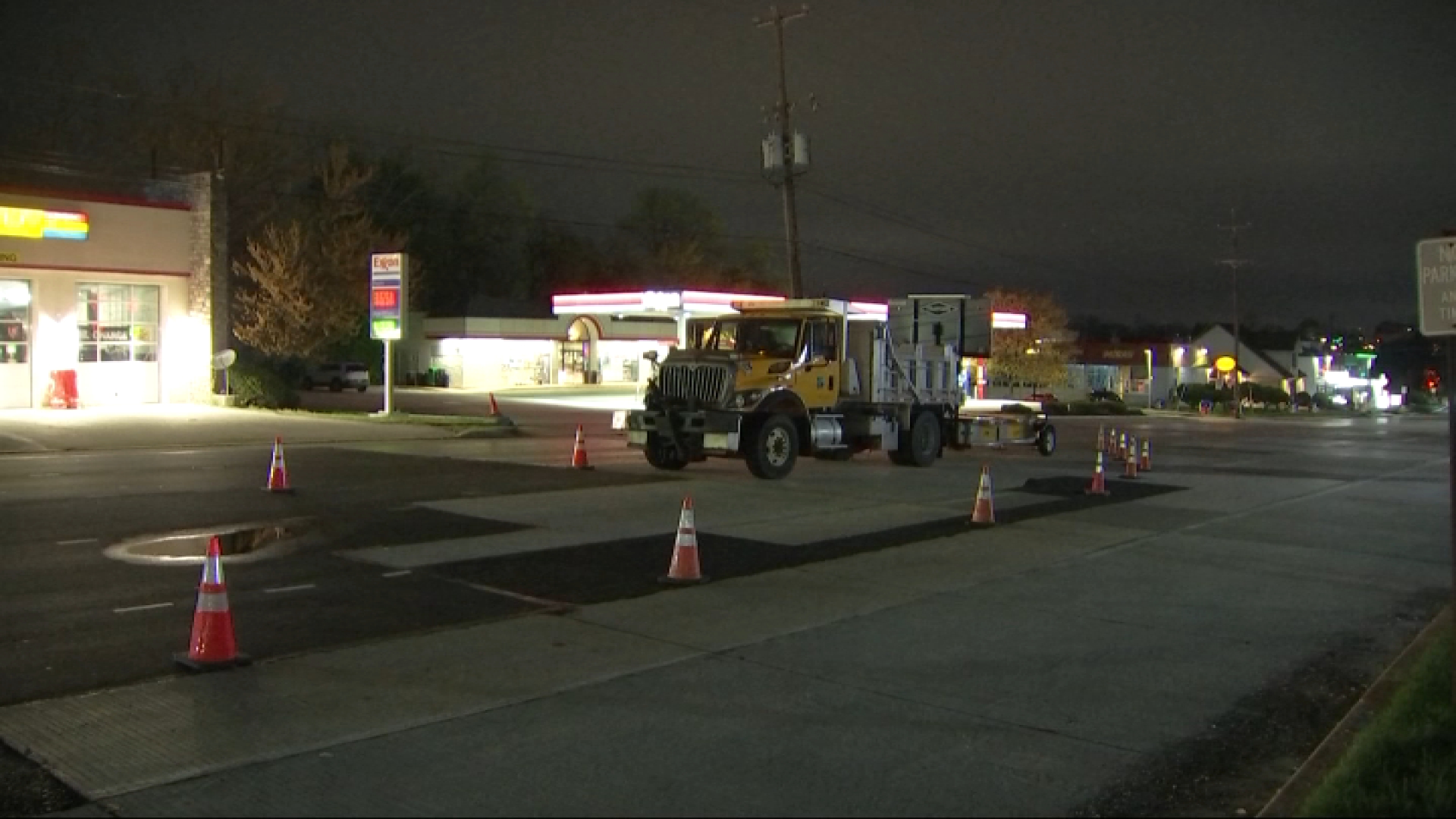The traumatic injuries sustained by those hurt in the Boston Marathon bombings are similar to injuries seen after industrial accidents.
Dr. Alberto Esquenazi, Chief Medical Officer of MossRehab, says the force of the blasts is on point with explosions at chemical plants.
“For example, individuals that are involved in a chemical explosion, individuals who are doing gas work or individuals that are doing work where there is high-pressure piping,” he said. “You can imagine the force of the impact of the explosion, to sever your leg, of being pretty high.”
Three people were killed and more than 170 were injured when two homemade bombs exploded 10 seconds apart at the Boston Marathon Monday. Investigators believe the bombs were made from kitchen pressure cookers containing shrapnel, bee bees and nails. Contents that ripped limbs from bodies on a number of people.
Dr. Esquenazi wrote the manual for treatment of amputations in the field for the World Health Organization and runs the largest limb amputation rehab program in the Philadelphia region. He says the blast injuries are not seen often.
“This is not an automobile accident. You are sustaining very direct, high velocity injuries that are coming from these explosive devices,” he said. “They are certainly not what we want to see every day, but we clearly know how to handle them.”
He says once a person loses a limb, the first thing doctors need to do is clean and close the wound to prevent infection.
Local
Breaking news and the stories that matter to your neighborhood.
“Once you stabilize the individual, the wounds heal and then you move to the phase of trying to provide them with rehabilitation interventions.”
Then a long, arduous process of rehab begins, which can stretch out for six months or longer. Dr. Esquenazi says it typically takes about three weeks for the amputation wound to heal before doctors can begin fitting a patient with a prosthesis.
“Once you have a prostheses that fits well, that is comfortable, an individual will start getting their bearings and then eventually walking and stair climbing,” he said.
Amputees can usually run again, so long as they didn’t sustain other injuries, though that the task will be much harder.
“It is much more effortful because it’s more energy consuming than it was before,” Dr. Esquenazi says. “You need to monitor the condition of the skin because you’re pounding against an area of the body that was never intended for weight-bearing.”
“These individuals that were injured have a long way ahead of them, but with current technology and rehabilitation techniques we’re looking to help them as best as possible.”
Contact Vince Lattanzio at 610.668.5532, vince.lattanzio@nbcuni.com or follow @VinceLattanzio on Twitter.



